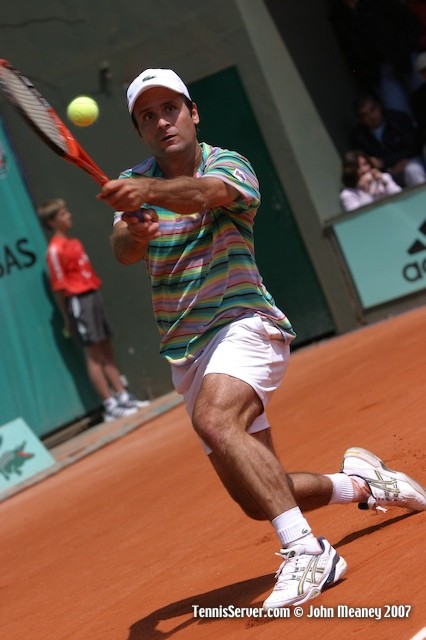TimeToPlaySets
Legend
Caw,
It is awesome to slice a few ...
until you get the sitter .
and then you crush the forehand topspin.
Killer 1/2 combination.
Both have a place in a proper variety game.
I also one hundred percent agree that people who never learned slices as kids simply don't have the feel for a slice and never really get it down... It's like either you know it or you don't ...I don't think you can be taught..all those hacker years as a kid with no lessons did have one payoff .... that is the slice
It is awesome to slice a few ...
until you get the sitter .
and then you crush the forehand topspin.
Killer 1/2 combination.
Both have a place in a proper variety game.
I also one hundred percent agree that people who never learned slices as kids simply don't have the feel for a slice and never really get it down... It's like either you know it or you don't ...I don't think you can be taught..all those hacker years as a kid with no lessons did have one payoff .... that is the slice

